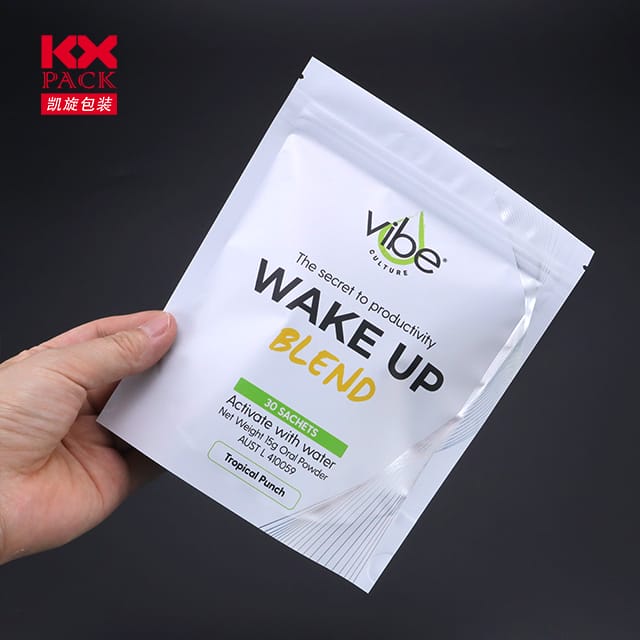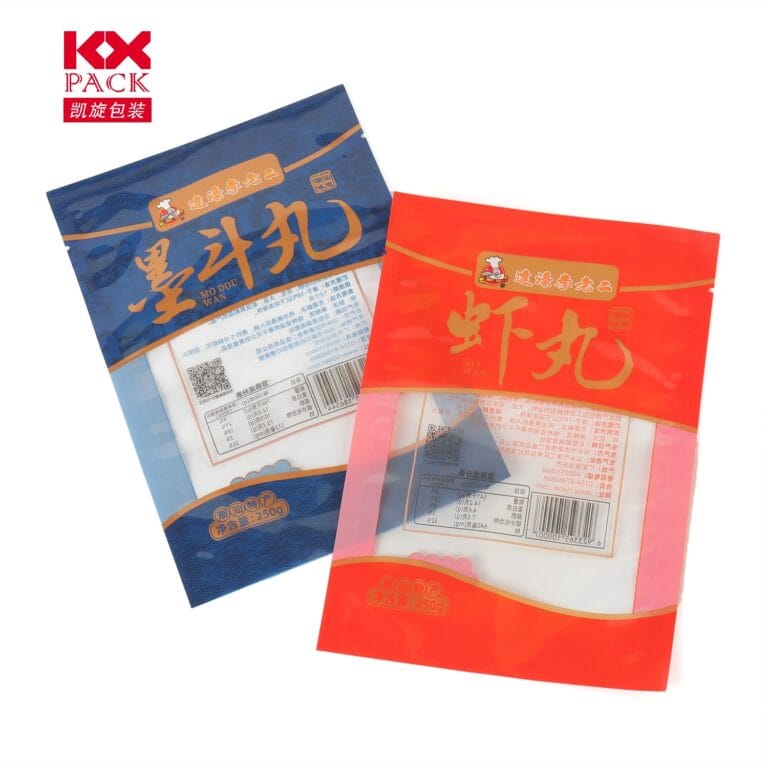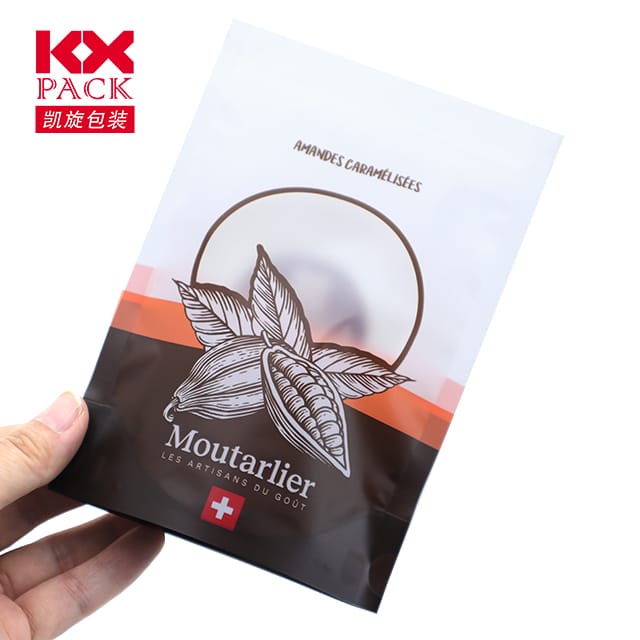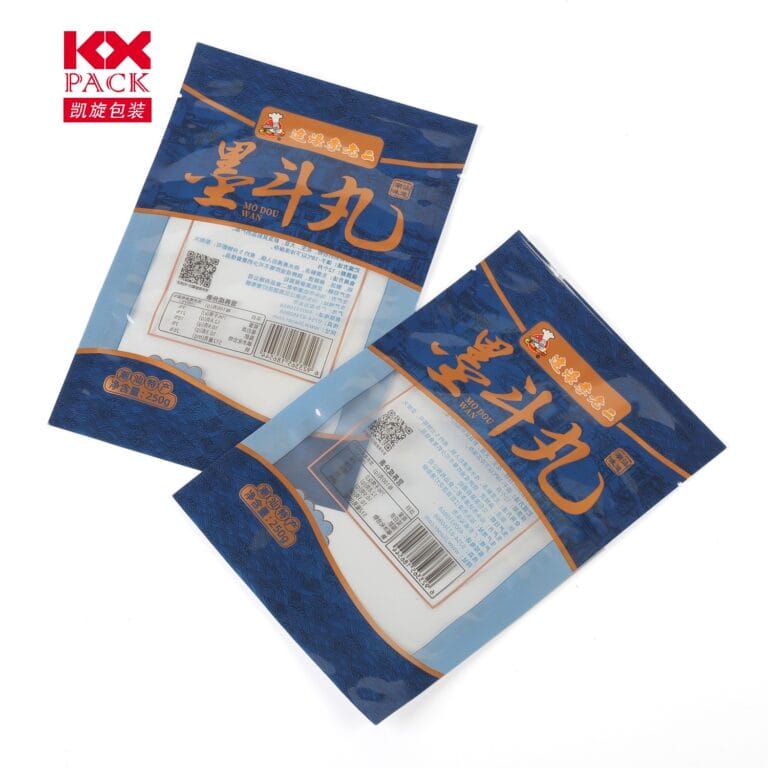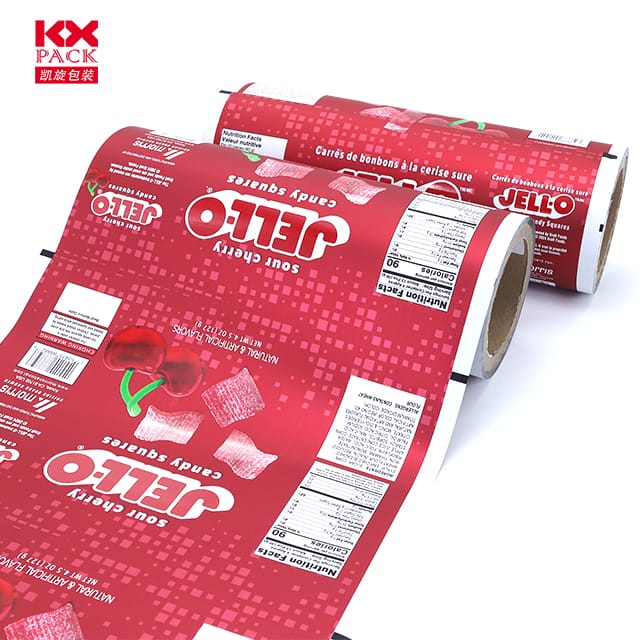Sự phát triển và ứng dụng của phim Lamination: Một tổng quan toàn diện
Phim cán
In the realm of packaging, Điện tử, và sản xuất công nghiệp, lamination film stands as a cornerstone material, Cung cấp độ bền, sự bảo vệ, và nâng cao chức năng. Vật liệu đa năng này, bao gồm nhiều lớp liên kết với nhau thông qua các quy trình chuyên ngành, đã cách mạng hóa các ngành công nghiệp từ bao bì thực phẩm đến điện tử tiên tiến. Hãy để đào sâu vào thế giới của phim Lamination, Khám phá các loại của nó, ứng dụng, và xu hướng trong tương lai.
What is Lamination Film?
Lamination film refers to a composite material created by bonding two or more layers of film—often polymers, metals, or paper—using heat, áp lực , hoặc chất kết dính. The resulting structure combines the strengths of each layer, such as heat resistance, moisture barrier properties, or optical clarity. Ví dụ, a common configuration might include a polyester base layer coated with a heat-sealable adhesive, providing both strength and printability.
Key Types of Lamination Films
- THÚ CƯNG (Polyetylen Terephthalate) Phim:
- Known for their transparency, heat resistance, and chemical stability, PET films are widely used in food packaging, nhãn, và cách điện.
- Variants like PET metalized films add a reflective layer for enhanced barrier properties, ideal for snack packaging or pharmaceutical blisters.
- BOPP (Polypropylen định hướng biAx) Phim:
- BOPP films are prized for their moisture resistance, sự rõ ràng, và hiệu quả chi phí. They are commonly used in snack packaging, tạp chí, and laminated documents.
- Bóng Và kết thúc mờ cater to aesthetic and functional needs, such as anti-glare labels or premium packaging.
- Phim rào cản:
- Những bộ phim này, often multi-layered, include aluminum or EVOH (Rượu etylen vinyl) layers to block oxygen, độ ẩm, và ánh sáng. They are critical in extending the shelf life of perishable goods like coffee, thịt, và dược phẩm.
- Phim đặc sắc:
- Phim chống tĩnh điện prevent electrostatic discharge in electronics packaging.
- Security films incorporate holograms or UV-reactive inks for brand protection and anti-counterfeiting.
Industrial Applications
- Bao bì thực phẩm và đồ uống:
- Lamination films safeguard products from moisture, ôxy, và thiệt hại vật chất. Ví dụ, Một metalized PET film might be laminated with a sealant layer to create airtight pouches for coffee or nuts.
- Dược phẩm:
- High-barrier films ensure the sterility and stability of medications. Vỉ thuốc, ví dụ, often use PVC/PVDC/Aclar laminates to protect tablets from humidity and light.
- Điện tử:
- In PCB (Printed Circuit Board) chế tạo, dry film laminates act as photoresists, enabling precise circuit patterning. Ngoài ra, flexible printed circuits (FPCs) rely on ultra-thin lamination films for durability and bendability.
- Printing and Graphics:
- Laminated posters, thực đơn, and ID cards benefit from enhanced durability and UV resistance. Ví dụ, Một PET laminate might be applied to a printed substrate to protect against fading and scratches.
- Construction and Automotive:
- Films with high tensile strength and weather resistance are used in solar panels, automotive glazing, and architectural membranes.
Tiến bộ công nghệ
- Bền vững: Manufacturers are developing phân hủy sinh học Và có thể tái chế lamination films to reduce environmental impact. Ví dụ, PLA-based (Axit polylactic) phim offer a compostable alternative to traditional petroleum-based plastics.
- Phim thông minh: Emerging technologies include thermochromic Và photochromic laminates that change color with temperature or light exposure, opening doors for interactive packaging.
- Nano-Layer Coatings: Ultra-thin layers of alumina or silica improve barrier properties without adding bulk, crucial for lightweight, high-performance packaging.
Market Trends and Challenges
- The global lamination film market is projected to grow steadily, driven by demand for sustainable packaging and advanced electronics. Tuy nhiên, thách thức vẫn còn:
- Cost Pressures: Raw material price fluctuations and energy costs impact profitability.
- Tuân thủ quy định: Stringent food safety and environmental regulations necessitate continuous innovation.
- Competition from Alternatives: Rigid plastics and aluminum foil pose competition in certain applications.
Phần kết luận
Lamination film is more than just a protective layer—it’s a technological marvel that enhances product safety, Thẩm mỹ, và chức năng. As industries evolve, so too will lamination films, with advancements in sustainability, smart materials, and nano-engineering paving the way for the next generation of solutions. Whether in a snack bag, a smartphone screen, or a solar panel, lamination film continues to prove its worth as an indispensable material in modern manufacturing.
Stay tuned for more insights into the world of advanced materials and their role in shaping a sustainable future. 🌍✨

